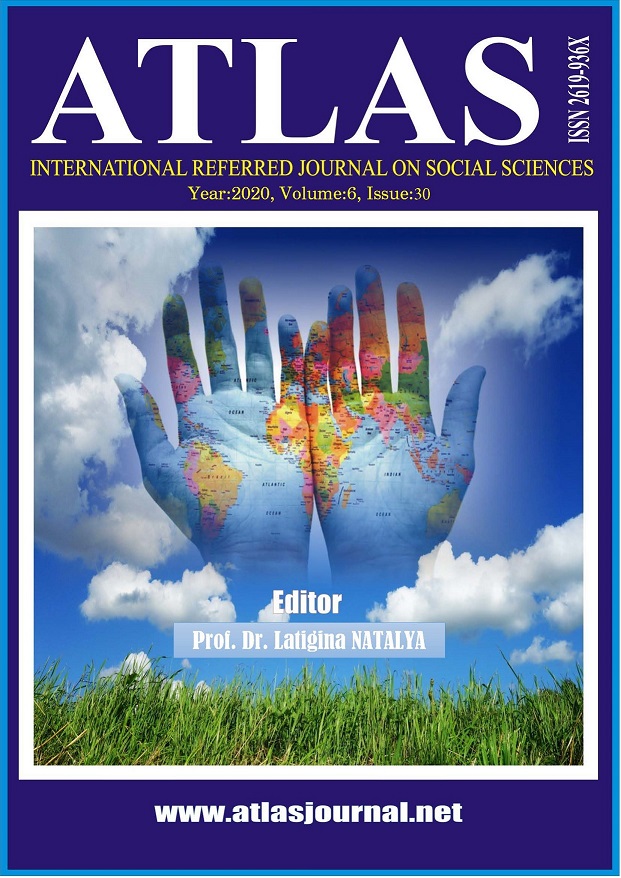Comparative Constructions in English and Hungarian: A Contrastive Analysis
DOI:
https://doi.org/10.31568/atlas.468Keywords:
comparative constructions, contrastive analysis, Hungarian, EnglishAbstract
This study aims at contrasting and comparing comparative constructions in English and Hungarian languages to pinpoint any similarities and differences between them. For this purpose, inventories of English and Hungarian comparative constructions are listed to highlight their similarities and discrepancies and only comparative adjectives are dealt with for the sake of the present study. Accordingly, both languages have restricted numbers of inflections to make comparative constructions from adjectives and the syntactic and morphological aspects of these morphemes are analysed in three steps: description, juxtaposition and comparison. The results of this contrastive morphological study reveal that the differences between the two languages originate from their typological characteristics. Hungarian, as an agglutinative language, uses inflectional bound morphemes to form the related structures and vowel harmony of the language regulates the choice of suffix. In English, on the other hand, both bound morphemes and free ones are possible to create such constructions. The principle that lies behind this dichotomy is directly related with the morphological aspects of English. Yet, both languages employ some broken forms but in Hungarian this irregularity stems from the phonological constraints of the language rather than a purely converted word formation which is the case in English. The differences are the major source of difficulties for a native speaker of English to learn Hungarian and vice versa. From this respect, based on the findings of the study, some implications can be drawn for translators, textbook writers, syllabus designers, learners and instructors involved in language teaching.
Downloads
Published
How to Cite
Issue
Section
License

This work is licensed under a Creative Commons Attribution-NonCommercial 4.0 International License.


